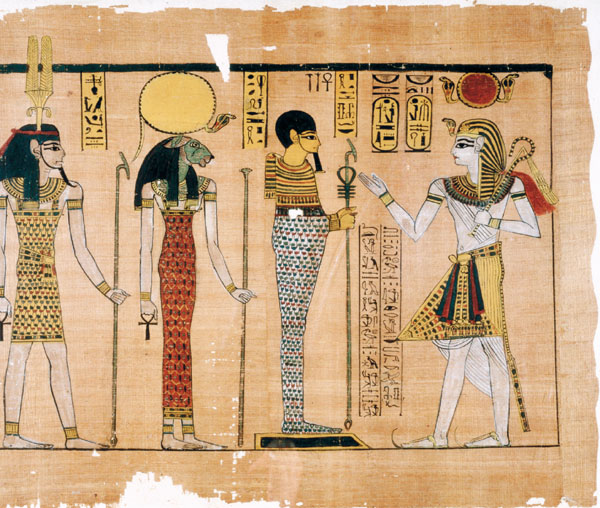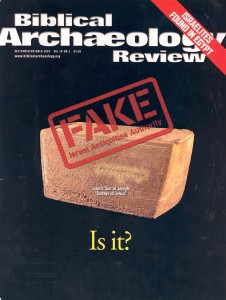The Harris Papyrus: The Mighty Deeds of Ramesses III
Sidebar to: Israelites Found in Egypt

In 1855, the British Commissioner to Alexandria, a 64-year-old named Anthony C. Harris, was approached by locals with an intriguing sales-pitch. A bundle of more than 20 papyrus rolls had just been discovered in a cliff-tomb near the Theban site of Medinet Habu: Would Harris like to purchase them? Harris declined to buy all but one, a 133-foot-long, 18-inch-high papyrus in excellent condition, which featured three vividly painted illustrations. Now known as the Great Harris Papyrus after the canny commissioner, and housed in the British Museum, this document offers invaluable data about the reign of Pharaoh Ramesses III (c. 1184–1153 B.C.E.).
Commissioned by Ramesses IV upon his father’s death, the Great Harris Papyrus is a detailed account of Ramesses III’s good works and great deeds over the course of his 31-year reign. It is divided into five sections. The first three catalog the deceased pharaoh’s donations to the major temples at Thebes, Heliopolis and Memphis. In the vignette shown above, illustrating the third or “Memphite” section, Ramesses III (far right), wearing the banded cloth headdress and triangular-fronted kilt that were reserved for the pharaoh, stands before the principal deities of Memphis—from right to left, the god Ptah, the lion-headed goddess Sekhmet and their son Nefertem.
Already a library member? Log in here.
Institution user? Log in with your IP address.

